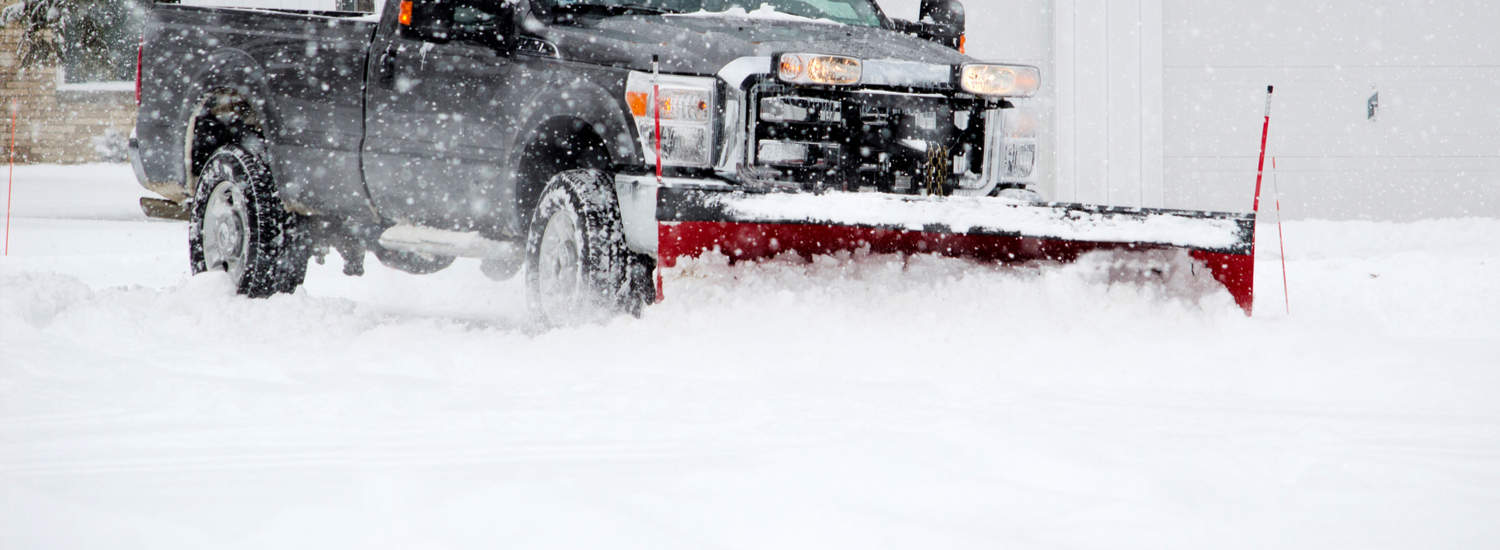
K&M Concrete – 311 North 2nd Street Suite 201-C, St. Charles, IL – Call 630-377-8800 – Snowplowing St. Charles IL
Need Snowplowing St. Charles IL this winter? Schedule plowing services today to keep your driveways and parking lots clear.
Ready for Winter? Book Snowplowing St. Charles IL Service Today at 630-377-8800
Street Suite 201-C, St. Charles, IL – Call 630-377-8800 – Snowplowing St. Charles IL
Need Snowplowing St. Charles IL this winter? Schedule plowing services today to keep your driveways and parking lots clear.
Ready for Winter? Book Snowplowing St. Charles IL Service Today at 630-377-8800
Welcome to K&M! We’re a leading local provider of professional Snowplowing St. Charles IL for residential and commercial customers. We have been active in the snow and ice management industry for a number of years. Contact us for snow clearing solutions for commercial and industrial locations, private homes or apartment and condominium facilities. Our service areas includes St. Charles and other communities in the Fox Valley. Our Snowplowing St. Charles IL teams are available around-the-clock in the wintertime. We dispatch our plows promptly to service our customers so they don’t worry about accessing their homes or businesses. We can also service retail plazas, outlet malls and school campuses.
Our snowplows are always well maintained and ready to go when the snow starts falling in Illinois. Our extensive fleet features top-quality equipment that enables us to effectively clear snow without delay.
In addition to driveways and parking lots, we can also clear sidewalks and entryways. With K&M as your snow clearing service provider, your customers or employees will be able to safely enter your building.
Commercial Snowplowing include:
-24/7 snowplowing services.
-Snow hauling and relocation.
-Salting.
We have many happy customers, some have been with us for many years. They know they won’t have to stress over accessibility to their commercial location. Plus, you’ll find that the pricing of our dependable Snowplowing St. Charles IL is quite competitive. We can arrange a snowplowing schedule that is right for your budget and your location. Contact K&M for an accurate quote on our snowplowing services today!
Don’t Get Snowed In! Call K&M for Snowplowing at 630-377-8800
Check Out These Facts about Winter in Illinois
As the sun gets progressively lower in the sky during fall, chilly arctic air sweeps farther south across the USA. Disturbances that form on the boundary of the cold air and warmer air sometimes become winter storms. These are frequently larger, lower pressure systems that can cover very big areas. The state’s location within the Midwest place Illinois in the pathway of many of these winter storms. When the conditions are ideal, these storms can impact Illinois, leaving ice and snow across large areas of the state.
Severe wintertime storms can result in significant damages for home and business owners in Illinois. Snowstorms produce more damage than other types of severe, short-term weather systems. For example, often more than hailstorms, lightning and tornadoes. The central section of Illinois is the country’s primary region when it comes to ice storms. However, others parts of the state are also vulnerable to heavy snow and ice storms too.
On average, five wintertime storms strike Illinois between the months of November through April. The storms might bring heavy snowfall, a snow/ice mix or mostly ice. Even though the average number of storms is five, there can be many more than that during any given winter season. For instance, during the winter of 1977-78, the state had 18 storms.
The winter storms that impact Illinois frequently do not originate in the state itself. Instead, these storms begin to develop many miles away. Systems moving east from as far away as Asia can arrive in the USA from across the Pacific Ocean. Some of these systems end their journey in the Southwestern part of the country. Others, however, make it across the mountains and develop against as they get east of the Rockies.
One variety of winter storm in Illinois yields a snowfall of at least six inches in two days or less. The severity, however, of a specific winter storm is not according just to the amount of snowfall but also:
-If the high winds accompany the winter storm.
-The temperature at which the snow falls.
Most Illinois residents are familiar with shoveling wet, heavy snow from sidewalks and driveways. Without a doubt, it’s usually much easier clear a comparable amount of snow when it’s lighter and drier.
This relationship makes it easy for the winds to lift up snow off the ground. Snow usually doesn’t drift if temperatures are close to the freezing point as the snow falls. When temperatures do fall lower than the freezing point, however, snow is more prone to drifting.
A typical major storm in Illinois will bring six inches or more snow when temperatures are near to freezing. Consequently, these storms can result in widespread inconvenience, disrupting daily routines activities for Illinois residents. Generally, it is possible to clear the snow from streets and sidewalks without a lot of problems. But six inches of snowfall at below freezing temperatures with high winds can be another story. Those conditions can produce considerable drifting, which will block roads, strand motorists and isolate communities.
Even when the snowfall ends, the snow upon the ground can keep blowing and drifting for several hours. (Depending upon how long the winds remain strong.) When conditions remain severe, it can prevent efficient removal of the snow from roads and sidewalks.
When ice accumulation is substantial enough, it can cause trees, power lines and phone lines to topple over. Roads and sidewalks can become too hazardous for travel. Even going outside on foot may be a risky endeavor. Certainly, chances are high that most any Illinois resident has had some experience with freezing, icy rain.
The severity of ice storms depend upon:
-Amount of rainfall.
-Wind speeds, duration of high winds.
-Whether the ice storm impacts a rural or urban area. Generally, ice storms tend to affect urban communities more than rural due to the concentration of transportation structures and utilities.
The disabling results of large snowfalls or ice accumulation upon daily routines can be extensive. Community transportation systems typically receive the most significant and enduring impact. Transportation is the foundation of economic systems and the effects of winter storms can disrupt both commercial and domestic activities.
Losses resulting from winter storms can result in revenue losses to the state due to businesses closing. In addition, road closures can prevent people from getting to work. Also, road closures can prevent the timely delivery of products and services.
The impact of a major snowfall can impact many aspects of life in Illinois, such as:
-Road closures, hazardous driving conditions.
-Airports closures, cancellation of business and recreational travel.
-Delay or cancellation of commuter trains, buses.
-Delay of mail delivery.
-Difficulty accessing medical care. Winter road closures can limit access to hospitals or prevent ambulances from using roadways.
-Prevent shipment of goods and foodstuffs.
-School and business closing. Retailers lose money when patrons are not able to get to their locations.
-Winter storms can disrupt communication because of downed lines.
-Police and fire response times can suffer when major snowfalls block roads.
-Difficulty starting vehicles.
-Higher occurrence of car accidents.
